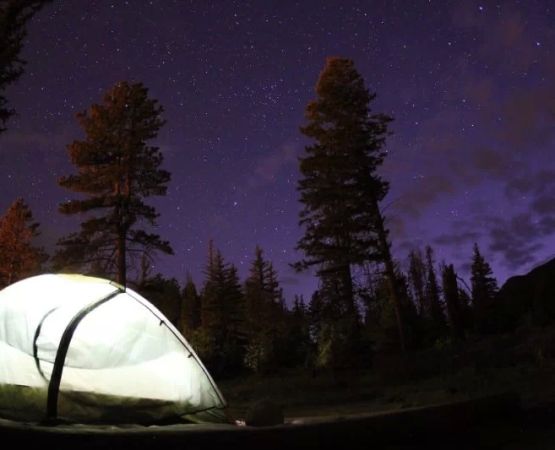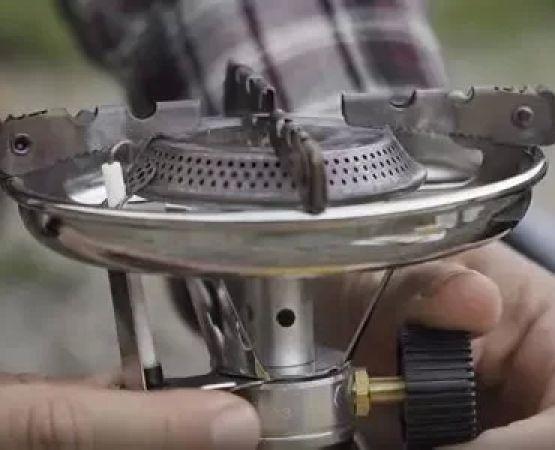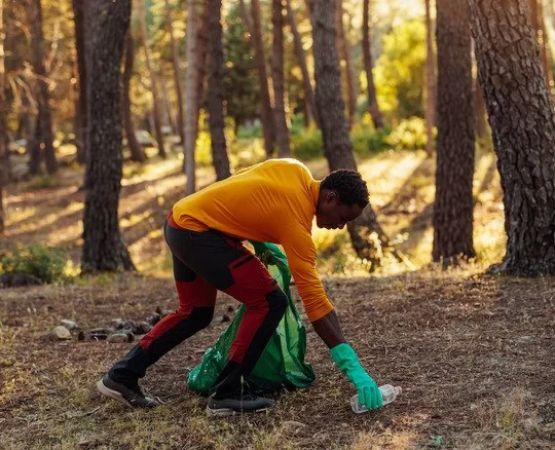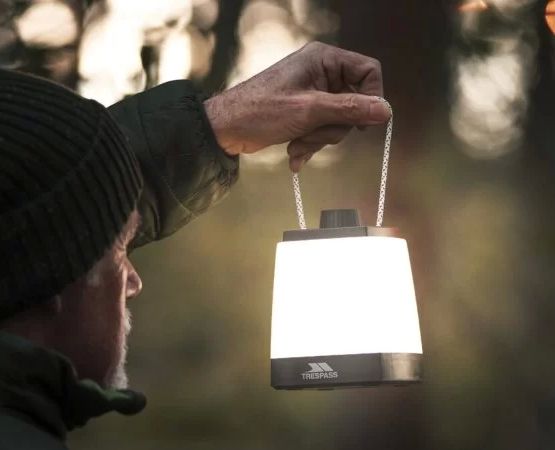How to Choose Eco-Conscious Camping Gear
As someone who loves the great outdoors, I’ve always wanted to enjoy camping while minimizing my environmental impact. Over the years, I’ve discovered that the key to having a sustainable camping trip lies in the gear we choose. Eco-conscious camping gear has become more accessible and innovative than ever, making it easier to embrace environmentally friendly camping practices. Let me walk you through how I’ve learned to select the best eco-conscious camping gear, and how you can do the same for your next outdoor adventure.
1. Why Eco-Conscious Camping Gear Matters
When I first started camping, I didn't give much thought to how my gear could impact the environment. Over time, I realized that traditional camping equipment, especially items made of plastic or synthetic materials, could have a significant negative effect on nature. From polluting water sources to contributing to landfill waste, I realized that small changes in the products we choose could make a huge difference. Eco-conscious camping gear allows us to enjoy the outdoors responsibly while helping to preserve it for future generations.
1.1 The Impact of Non-Eco-Friendly Gear
Non-eco-friendly camping gear often uses harmful chemicals, plastics, and materials that take years to decompose. Items like disposable plastic cutlery, single-use packaging, and synthetic fabrics can add to the pollution in our parks, forests, and oceans. In addition, many camping products are not recyclable or biodegradable, leading to unnecessary waste. Choosing eco-conscious gear, however, ensures that we leave no trace on the environment and can enjoy nature without feeling guilty.
2. Look for Sustainable Materials
When I began to prioritize eco-conscious gear for my camping trips, I learned that the materials used in the products are one of the most important factors. Opting for products made from natural, renewable, or recycled materials is a simple yet effective way to make a positive impact. Whether it’s a tent, sleeping bag, or cookware, there are sustainable options available for nearly every piece of camping equipment.
2.1 Natural Fabrics for Tents and Sleeping Bags
One of the first changes I made was swapping out my synthetic sleeping bag for one made of organic cotton and wool. Natural fibers like cotton, hemp, and wool are breathable, biodegradable, and far more sustainable than the petroleum-based synthetics used in most traditional camping gear. Similarly, tents made from organic cotton or recycled materials are now widely available, offering durability without compromising on eco-friendliness.
2.2 Recycled and Upcycled Materials
Another option to look for is gear made from recycled materials. Many outdoor gear brands now produce items such as backpacks, tents, and sleeping pads made from recycled plastic bottles or post-consumer waste. Not only does this reduce the need for virgin resources, but it also helps to reduce plastic waste in the environment. I personally love my backpack made from recycled polyester—it’s sturdy, water-resistant, and has minimal environmental impact.
3. Eco-Friendly Camp Kitchen Gear
Camping often involves cooking meals in the wild, but traditional camp kitchen gear can generate a lot of waste. I used to rely on disposable plastic plates, forks, and cups, but now I always bring eco-friendly alternatives. Stainless steel, bamboo, and compostable materials are excellent choices for eco-conscious campers like myself. Not only do they reduce the waste I produce, but they’re also durable and reusable, making them a great investment for future trips.
3.1 Sustainable Cookware
When it comes to cookware, I found that choosing pots and pans made from stainless steel or cast iron is a great eco-conscious choice. These materials are durable, long-lasting, and don’t leach harmful chemicals into your food. I also make sure to use reusable utensils, such as stainless steel forks and knives, instead of disposable plastic options. These small changes in my camp kitchen have helped reduce my carbon footprint and minimized my waste during trips.
3.2 Eco-Friendly Food Storage
For food storage, I now opt for glass or stainless steel containers instead of plastic bags and containers. These materials are not only more sustainable, but they also keep food fresh without the need for plastic wrap. Additionally, I always bring reusable silicone bags for snacks and leftovers. This simple switch has made a big difference in my efforts to reduce plastic waste while camping.
4. Choosing Eco-Conscious Camping Gear for Hiking
Since hiking is a big part of most of my camping trips, it’s important to me that the gear I use on the trail is as sustainable as the gear in my campsite. From hiking boots to clothing, there are several eco-conscious choices available that don’t compromise on comfort or performance.
4.1 Sustainable Hiking Boots and Apparel
Many outdoor brands now offer hiking boots and clothing made from recycled materials or sustainably sourced fabrics. For example, boots made with organic cotton or leather sourced from responsible tanneries reduce the environmental impact of hiking gear. When I switched to hiking boots made from recycled materials, I noticed that they provided the same level of comfort and durability as my previous boots, but with a smaller environmental footprint.
4.2 Eco-Friendly Footwear Alternatives
If you're seeking even more sustainable footwear, I also found some eco-friendly trail running shoes made from plant-based materials and biodegradable soles. These options are great for lightweight hiking and trail running, providing an eco-conscious alternative to traditional shoes made from synthetic materials.
5. Reusable Water Bottles and Hydration Systems
Staying hydrated while camping is essential, but I’ve realized that single-use plastic bottles can add up quickly and harm the environment. I now use a reusable water bottle made from stainless steel, which keeps water cool and doesn’t leach harmful chemicals. Many brands also offer hydration systems that are made from BPA-free, eco-friendly materials. Not only do these options reduce plastic waste, but they also save money in the long run.
5.1 Hydration Bladders and Filters
For longer camping trips, hydration bladders and water filters are essential. I opted for a hydration system made of durable, sustainable materials that’s perfect for hiking and camping. The best part is that these systems can filter water from streams and rivers, reducing the need for bottled water and allowing me to enjoy clean, fresh water without leaving a waste trail behind.
6. Support Eco-Conscious Brands and Local Artisans
As I dove deeper into sustainable camping gear, I realized that supporting eco-conscious brands and local artisans was just as important as choosing the right materials. Many companies now prioritize sustainability in their manufacturing processes, such as using fair-trade labor, reducing waste, and using low-impact dyes. I love supporting these companies because it means my purchases are helping to create a more sustainable future for both the environment and the people involved in producing these goods.
6.1 Researching Brands and Products
Before making a purchase, I always take the time to research a brand’s sustainability practices. Brands that are transparent about their environmental impact and efforts to reduce waste make it easier for me to make conscious choices. Many websites provide information on product sourcing, carbon footprint, and other eco-friendly practices, which helps guide me toward the most sustainable options.






